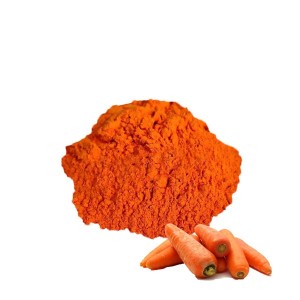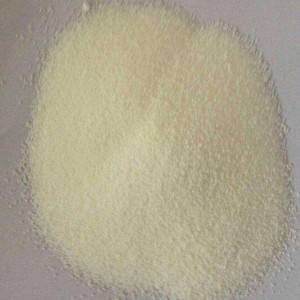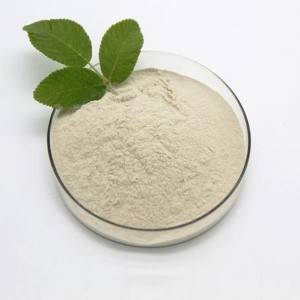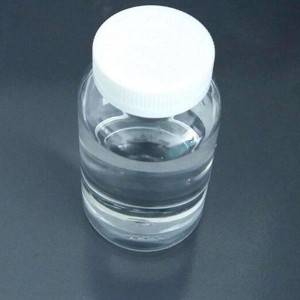Carotenoids
Product Detail
Composition:
Appearance: Powder
Shelf Life: 2 years
Storage: Store in cool and dry place
Certification: ISO
Technical Documents: HPLC GC NMR
Carotenoids are a large class of pigments usually located in the thylakoid membranes of the grana in chloroplasts, in the form of carotenoprotein complexes.
The general structure of carotenoids is that of aliphatic and aliphatic-alicyclic polyenes with a few aromatic-polyenes. They are widely distributed in plants and act as photosynthetic pigments in cells that lack chlorophyll. They have the same basic structure as vitamin A, and are converted into vitamin A in animal livers. More than 300 carotenoids are known and this number is on the rise.
There are several biochemical functions in which carotenoids play a role, apart from their well-known role as photosynthetic pigments. Carotenoids act as blue light harvesting pigments, protect biological systems from photodynamic damage and are safe food colorants.
Carotenoids are natural sun protectants found in plants. They absorb harmful UVA and UVB rays and supress free radicals that lead to premature ageing and dark, uneven skin tone. The human body is unable to produce carotenoids, but they can be obtained through diet.
The colorless carotenoids in crystal tomatoes have excellent anti-ultraviolet and anti-oxidation functions. They can lighten and balance skin color, inhibit the synthesis of constitutive melanin, and are very effective in whitening skin and removing freckles.







